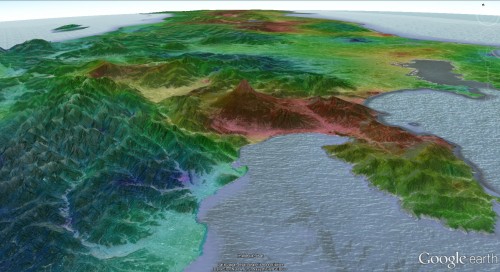Tag archives: seismology
Hidden Figures behind NASA’s success, LEGO’s famous five women of space, seismic goal in Barcelona

Flight planner: NASA’s Katherine Johnson now has a NASA computational facility named after her. (Courtesy: NASA)
By Hamish Johnston
International Women’s Day was this week and to celebrate, we have published K Renee Horton’s review of the film Hidden Figures and the book by Margot Lee Shetterly that the film is based on. The book and film tell the true stories of African-American female mathematicians who worked at NASA and played a crucial role in America’s race into space during the Cold War. Indeed, they calculated the flight paths that would send Neil Armstrong to the Moon.
View all posts by this author | View this author's profile
Seismic study digs into volcanic plumbing

What lies beneath?: Mapping Mount Fuji. (Courtesy: Florent Brenguier)
By Tushna Commissariat
Plumbing problems do not get any bigger and more complicated than a backed-up volcano. But geophysicists looking at the responses of ground waves below Japanese volcanoes have now come up with a technique for identifying where pressurized volcanic fluids build up, allowing them to better anticipate when a volcano may erupt. Scientists already knew that seismic waves from large earthquakes agitate volcanic systems and that large eruptions generally follow a build-up of pressurized fluids at some depth. But they had been unable to pin down the specific physical changes that seismic waves cause. Now though, Florent Brenguier of the Institut des Sciences de la Terre in Grenoble, France, and colleagues at the University of Tokyo have used recordings of seismic-wave velocity from the devastating 2011 Tōhoku earthquake to create a map of seismic-velocity changes in its aftermath. Surprisingly, the largest changes were not observed in the area closest to the earthquake epicentre near the Pacific coast but farther inland, immediately below volcanic regions. The image above highlights an anomalously low seismic velocity below the Mount Fuji volcano after the earthquake, despite it being some 500 km from the epicentre. The drop in velocity is because the regions are susceptible to earthquake shaking – cracks in the crust open so that fluids at high pressures can escape, and could be seen as proxies for the high-pressure fluid build-up (Science 345 80).
View all posts by this author | View this author's profile